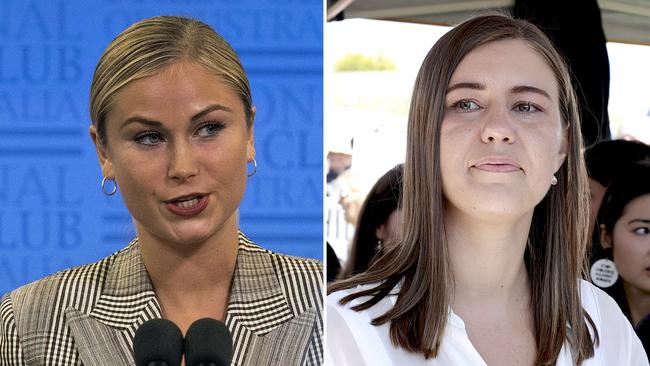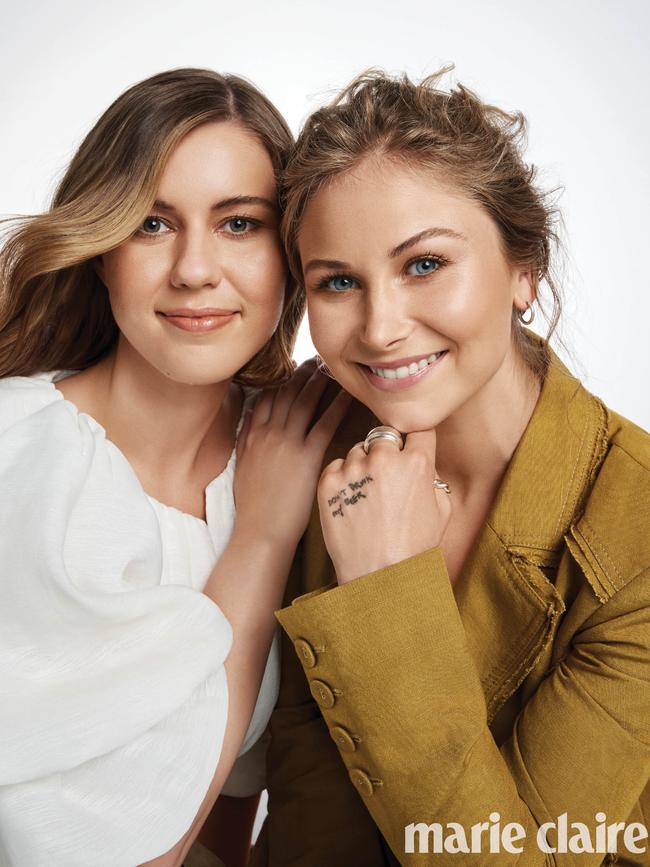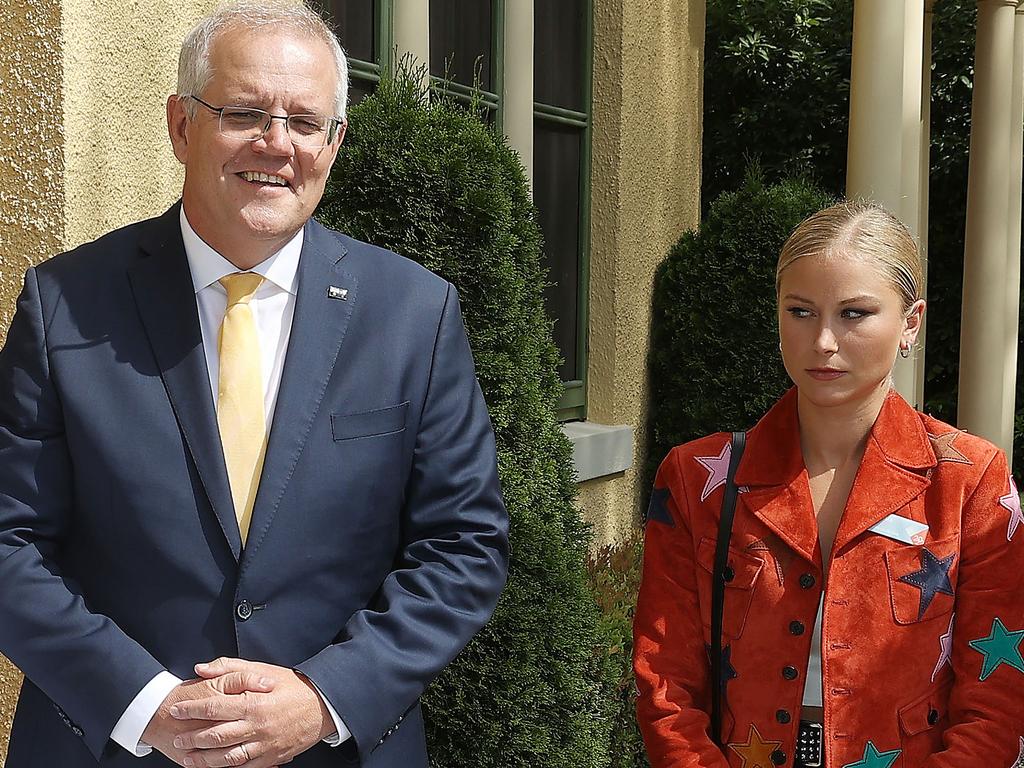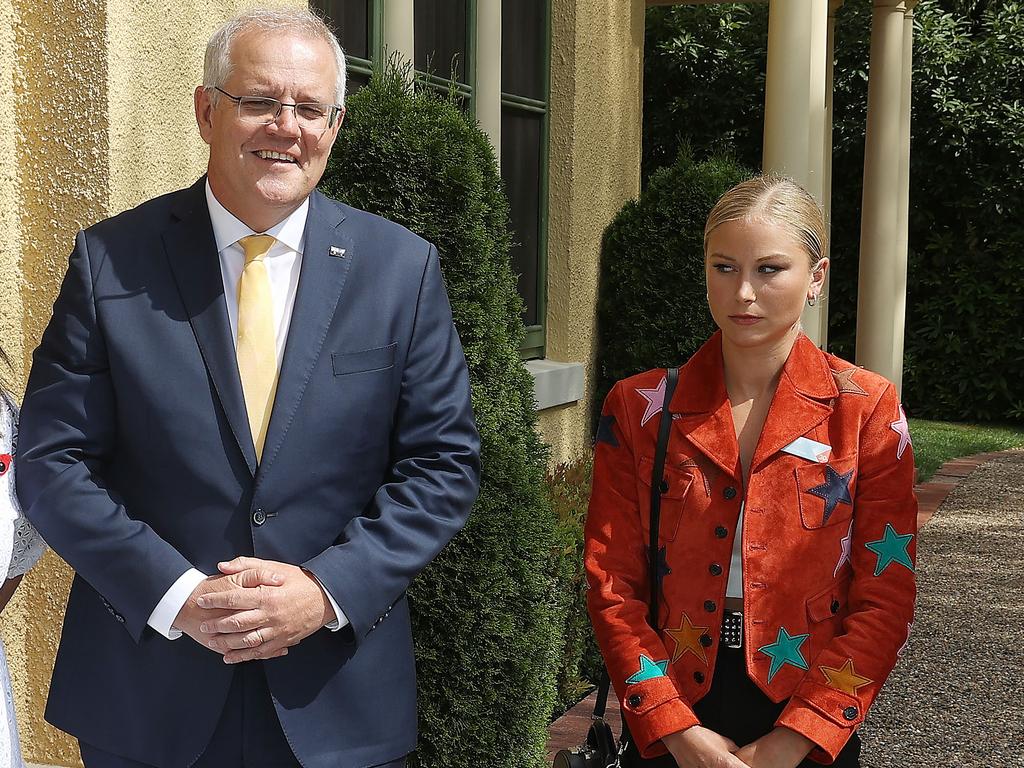
On a personal level, I admire both women for their fortitude. Both have faced the onslaught of frenzied media attention with remarkable perseverance few individuals of any age would be able to withstand. And the fact they have done so while maintaining their composure is a testament to their character. Having been the victim of a serious crime myself (many years ago), I also find Tame’s reflections on the mechanics of shame profoundly insightful. The way she can articulate what so many keep hidden is valuable and worthy of commendation.
However, while we can recognise these young women are courageous, admirable and worthy of deep respect, I believe we should also be circumspect about creating a culture that fetishises stories of female victimisation. The reasons this circumspection is warranted are myriad and complex, and should not be reflexively dismissed as “anti-women” or “anti-feminist”. On the contrary, it is precisely because of our feminist principles and desire for equality for women that we may want to be cautious about which narratives we elevate.
From ancient myths to medieval fairy tales, the damsel in distress has been a constant fixture of the Western imagination. Whether she is a princess threatened by a dragon, or a young girl terrorised by an evil stepmother, the story of the girl who needs rescuing is as old as writing itself.

While these stories exist for us today as forms of entertainment, in the past attitudes toward women were coloured by these tropes, and the perception women did not have personal agency severely limited their opportunities. Early feminists had to fight for women just to be seen as adult human beings capable of reason. Proto-feminist philosopher Mary Wollstonecraft’s central argument in The Vindication of the Rights of Women (1792) was that women should not exist in a state of perpetual childhood, and that they should be allowed to have the same education as boys and men.
One and a half centuries later, the damsel in distress motif was repeatedly used in European wartime propaganda to create fervour and rally troops to military victory. In World War I, German soldiers were depicted as predating on Belgium, a country that was neutral, with posters of Belgian maidens being dragged off by German soldiers into the night. In the Cold War, West Germans used sexual violence as propaganda against their enemies, depicting the Soviet communists as a “horde of rapists”.
Although we have come a long way since the wars of the 20th century, the portrayal of women as helpless victims remains surprisingly resilient. Such cultural resilience may emerge in part because it speaks to a desire for audiences to see women as vulnerable and themselves as heroic. If a woman is in need, that means she can be saved. In both film and literature, the damsel in distress exists alongside the hero archetype and his call to adventure. These stories spur us into action, igniting our imaginations and flattering our egos.
Even though we live in a period of relative gender equality, and while we may believe we do not view women through such anachronistic stereotypes, a closer look at what entertainment we find most enjoyable reveals our deep-seated preferences. From Disney princess movies to popular true crime podcasts, audiences frequently want to watch or listen to stories of young women and girls in danger. This is not to suggest audiences actually want to see women brutalised or terrorised – but simply to point out that this archetype takes on many forms and is prevalent even in societies that prize gender egalitarianism.
In the context of our culture’s appetite for the youthful maiden under duress, it is no surprise, then, that Tame and Higgins have become household names. What is striking about their stories is that rather than needing to be rescued by a knight in shining armour, both have taken control of their own stories, showing women today can rescue themselves.
Nevertheless, if we truly wish for women to have the same opportunities as men we should gently push back against the notion that victimhood is central to the female experience and identity. This is not simply a matter of abstract principle, but practical, concrete necessity if women want to be seen as having as much agency and personal responsibility as their male counterparts.
Ultimately, elevating narratives of female victimhood may have unintended consequences. A study published in Organizational Dynamics in 2019 found that in professional workplaces across a range of industries in the US, 16 per cent of men and 11 per cent of women said they would be less likely to recruit attractive women. And one in three men surveyed said they would be reluctant to have one-on-one meetings with women while working.
This backlash surprised the researchers, so they did a follow-up survey in 2019. What they found was not encouraging. The backlash against women was even more pronounced. Different people were surveyed; 19 per cent of men said they were reluctant to hire attractive women, 21 per cent were reluctant to hire women for jobs involving close interpersonal interactions such as travel and 27 per cent said they avoided all one-on-one meetings while working.
We do not know what impact cultural narratives of female victimisation have on women’s wellbeing, or mental health, either. It may be that some women find these stories of survivorship empowering, while others find them depressing or anxiety-inducing.
I am glad we have women like Tame and Higgins to draw attention to sexual assault and abuse, showing others how it is possible to overcome trauma and resist shame and stigma. But we need to strike a balance between recognising such courageous women, while remembering there is much more to womanhood than being mistreated by men. Striking this balance will be essential if we wish to preserve the gains made by our feminist predecessors.
Claire Lehmann is the founding editor of Quillette.







Grace Tame and Brittany Higgins will address some of the most powerful people in the country at the National Press Club in Canberra this week. Tickets are sold out, with the event web page illustrated with a strikingly glamorous photograph recently used for the cover of women’s magazine marie claire, which named them 2021’s “women of the year”.